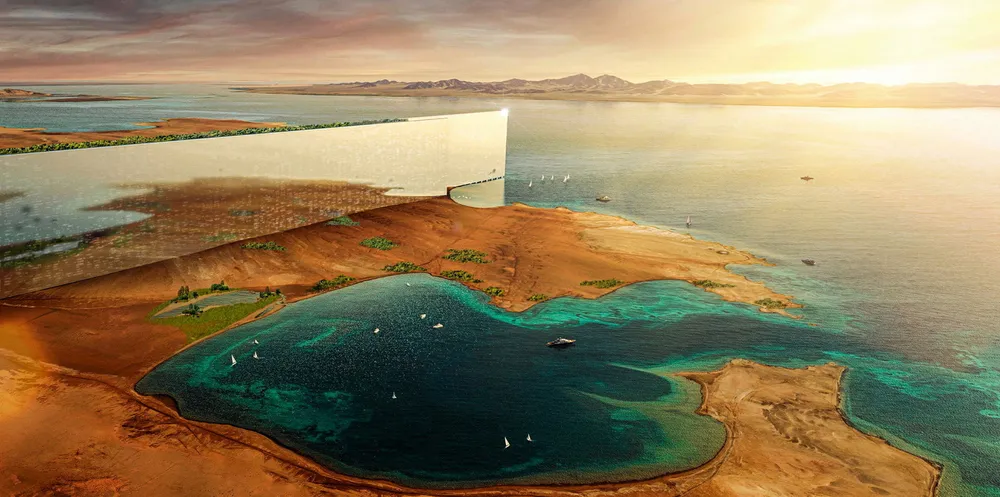Trollvind in trouble, Cleanpower buzzing and Neom's alight at $8.4bn
AGENDA | Our curation of the must-read news and analysis from the-week-that-was in the global renewable energy industry

AGENDA | Our curation of the must-read news and analysis from the-week-that-was in the global renewable energy industry
